By Kylie Pine (Originally Published in Statesman Journal April 3, 2016)
There is something very special about the storytelling and the spoken word. It can be emotional, entertaining and informative. This past month we have been reintroduced to a collection of radio programs created by the Marion County Historical Society beginning in the early 1950s. Through the magic of technology we have begun to digitize the old cassette tapes and hear the voices of some of the founders of the Society and important local historians like Hugh Morrow, David Duniway, Helen Pearce, Ben Maxwell, and Mary Eyre. Seeing their names every day, it was a bit of a thrill for us hear their voices for the first time.
The interviews themselves, intended for radio broadcast, are not traditional oral history interviews. They blend lecture and personal remembrances. Sometimes even more interesting than the actual content of the interviews is the language and pronunciation used by the guests on the radio program. A good example of this is found in the program conducted with Della Bradley Stamps (1884-1971) on the history of Woodburn on KOAC Corvallis October 31, 1955. It seems the Marion County Historical Society made regular appearances on KOAC on the 5th Mondays of the month.
“Everyone knows that Jess Settlemier was the daddy of the town” begins Stamps as she starts to tell of the history of Woodburn and her recollections of living there in the 1890s, when the town boasted of 145 people, 65 of which were school children. I’m not sure what I was more startled at, the notion of her being on a first name basis with Jesse Settlemier or the idea of anyone being a “daddy of the town.” I settled in for a great twenty minute Storytime from the past.
According to her recollections, Mrs. Stamps’ family arrived in the Woodburn area in 1887, where her father (James H. Bradley) operated a repair shop for cars. It took me the next 10 minutes to realize the cars she was referring to were railcars, not automobiles. The railroad was a big deal in Woodburn. As she describes it, the railroad made up one side of Woodburn’s main street, which was “unpaved and dusty as could be.” As she walked along a grass-lined path from her grandparent’s house to the main street she set off waves of grasshoppers on her way to watch the local that ran between Portland and Eugene. “It was wonderful to go see the train come in and to see who got off and who got on.”
When describing the houses in Woodburn, she talks about interior decorations. Used to rag rugs, when her grandmother bought a carpet with flowers on it, “I thought it was the grandest think I ever saw. And when we got a hanging lamp with crystals on it, I thought that we were rich! Nothing could be more grand than a hanging lamp with crystals!”
The little details of everyday life slip in with these remembrances. “House cleaning was something! We began and took everything out into the yard, took up the carpet which was nailed down all around and cleaned the floor, swept up the dust and put new straw underneath it and that happened once a year.” Sounding a little skeptical, the interviewer – David Duniway- asked for clarification about the straw, thinking she referred to a straw mat. “No, no! That was real straw and we tried to spread it out evenly and tack back the carpet good and tight all the way around.”
As she continued on, she recalled traditions folks brought with them from back East with which the folks that had grown up in Oregon were unfamiliar. She credits a Mrs. Johnson with introducing calling cards and for having the first icebox she had ever seen. From Minneapolis, the Johnsons apparently brought in an entire carload of furniture when the moved to Woodburn (again, railcar, not automobile). Duniway again brings up an important point, at a time before electricity ice boxes required regular deliveries of ice to keep materials cool. Where did the ice come from? “The ice came from Salem and she got it in the butcher shop.” Can you imagine hauling ice from the butcher shop each day to keep your food cold?
According to Mrs. Stamps a strike of Southern Pacific workers in 1894 meant big changes for family. As she recalls the workers weren’t striking for better pay. Her father was making good money at $70.00 per month. Rather they were striking for 10 hour work days. Her father worked from 6 am to 6 pm, 12 long hour days. It is unclear whether the worker’s demands were met or not, but the company wasn’t forgiving and “never took back a man.” So her family moved to Portland.



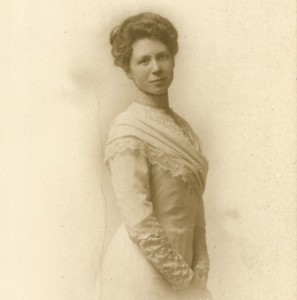
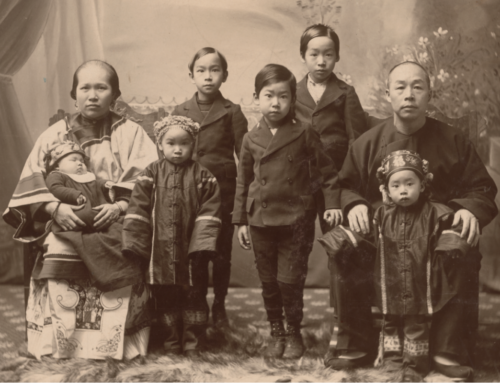
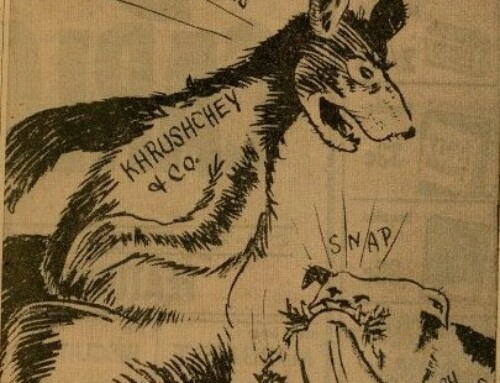
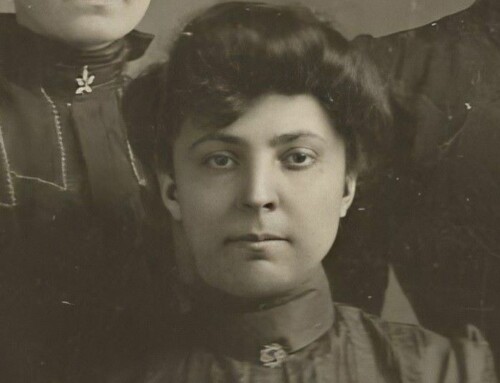
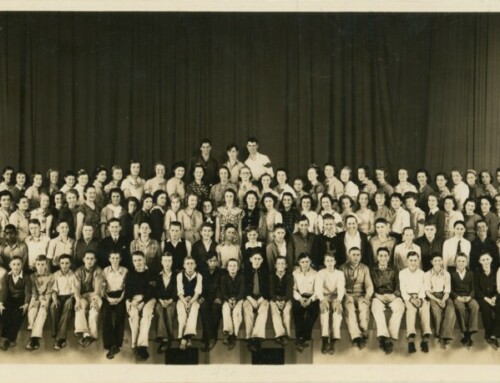
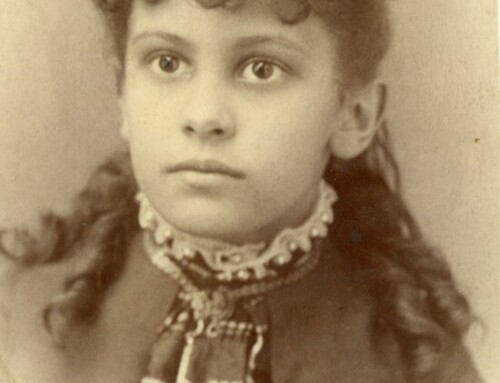
Leave A Comment